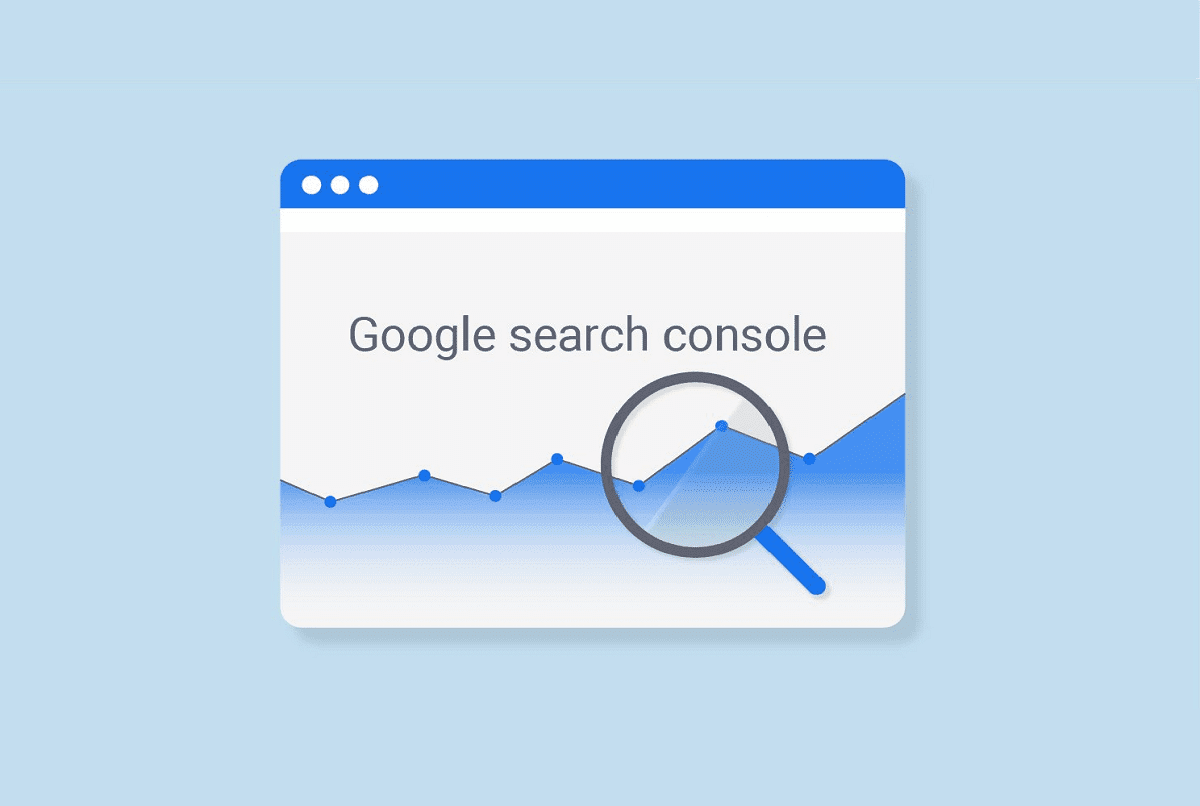Simply put, Google Search Console is a web service offered by Google, which lets you index and analyzes your websites and webpages’ performance on the Google search. If you want your website ranking to improve or statistics to expanse in your favor, GSC might be your best friend.
However, you can only use this powerful tool and its many features if you fully understand it. This understanding only comes with time; take your time to play around with GSC so that you can learn to leverage the tool and build your first successful website when the time comes.
This article walks you through the basics of the Google Search Console to introduce you to the benefits that this tool brings along – let’s call it GSC 101.
What does the Google Search Console enable you to do?
By now, you must be aware that GSC helps you build better websites and improve your site’s performance. But the real question is: how exactly does GSC do this?
The Google Console is like many other web development tools that offer various features and data metrics you can leverage to build better products. In easier words, GSC can help you:
- Check and set the crawl rate and view statistics
- Understand where you are acquiring your traffic from and where it is landing
- Comprehend user behavior and their intent when landing on your website
- Confirm whether your website is ranking and if Google can access your website or not
… and so much more! This article narrows down and explains three critical ways the Search Console’s Performance section can benefit your website. Let’s dig in!
Number #1: Understanding the Traffic on your Website: Search vs. Discover
The key to improving your website using Google Search Console is observing the traffic your site is garnering through the lens of Search and Discover. Google directs potential customers to your website via either the Search results or the Discover section. It is crucial to understand their implications if you want users to find your content:
The search results refer to the list created by Google search engines in response to a query. You can climb to the top of Google Search by optimizing your websites accordingly using SEO, keywords, quality content, backlinks, and more.
The Discover section is a personalized content feed created by Google to show relevant content to appropriate users proactively. You can’t nominate your website for Google Discover; Google will show your content to people in this section if it deems it’s relevant to an audience.
Using Google Search Console’s performance metrics, you can improve your website’s chances of reaching potential customers in both areas. GSC helps you understand the Google search results by showing the statistics of four pieces of vital information:
- Total clicks
- Total impressions
- Average CTR (Click Through Rate)
- Average Position
Except for the Average Position (because there are no relative ranking positions in Discover), GSC also provides the same information about the Discover section. If you see no numbers here, it means that your content has not been shown to users via Discover.
Lesson #2: Studying your Website’s Average Position
Initially, when you start using the Google Search Console, you will be surprisingly delighted to see that your website is receiving any traffic at all. Looking at the numbers and understanding where your website currently stands will motivate you to push your website more and set a new target to garner clicks. In that case, you can improve your website’s traffic by:
- Publishing high quality, relevant and useful content that benefits the readers
- Ensuring every page of your website is performing well
The first point is self-explanatory: relevant content will tempt people to click on your website, which will increase the impressions your site gets. As clicks go up, the rising impressions will help more and more people find your website – and the cycle will go on.
However, the second point does call for some explanation. Each published page of your website tends to perform differently; while the first page performs well and garners an audience, the 12th page might be landing extremely low in Google ranking where nobody sees it. You need to make sure that all your pages are crawled and indexed if you want your overall website position to improve. To give your website’s average position a boost, you can try creating articles of similar length, quality, and usefulness. Then use the Google Search Console to track & monitor their rankings and relative positions and understand what’s working for you and what’s not. This way you’ll end up figuring out what pages need more attention.
Lesson #3: Impressions Lie at the Top of the Funnel
Every website, regardless of its type, needs traffic (unique visitors) to survive. However, a website may value certain traffic types more than others, depending on its offerings. This is where filters like region, country, age, device operating system, and more come to play. And this is where Google Search Console helps you realize that all clicks and performance activity begins with impressions – the number of times your webpage is shown on the Google search results page.
Hence, to reach valuable traffic, make them click on your website, and grow all other metrics to improve your website’s performance, you need to raise the impressions of your website.
Pro Tip: A layperson might believe that an impression is when someone actually sees something. However, in Google’s terms, an impression is when your website is displayed on the results page. A user does not have to actually see the website; even if the user is at the top and your website shows at the bottom of the page, it might still count as an impression.
The Crux: Knowing how your Users Reach your Website is the Key to Improvement!
If you know how users learn about your website and what they value most, you will end up growing your website’s ranking and performance to the maximum. To sum up, you need to work your way backward to study each aspect of the user journey to better align your website with your potential customer’s needs. And Google Search Console is a terrific, free-to-use, and fast-to-deploy tool to give your website data and visual guidance on what to build, for whom to build, what to fix, and how to fix it for optimal results! It helps you review the crawled page using metrics and allows you to test data and trends in real-time, so you can correct your website’s course and step in the right direction.



What is a DNS, and Why Do You Need One?
In Need of a Good VPN? Here is a List Based on Reliability, Speed, and Security